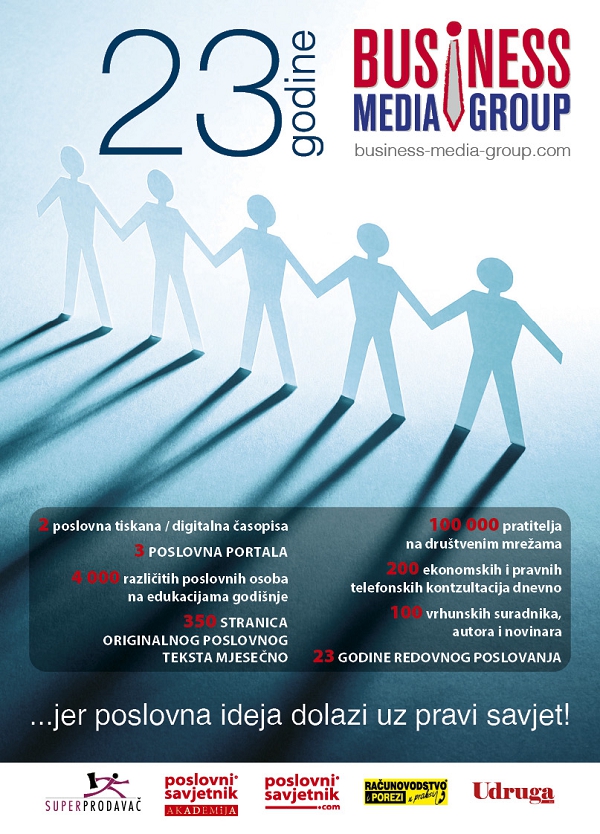JOHN LODDER: Why Resistance to Change is a Myth
Markets change fast, competitive advantages last shorter and an innovative culture becomes the new standard. Change is a constant factor in organizational life, yet 93% of change projects fail. Why do organizations still struggle with change projects? What is the reason that lots of money, time and energy is wasted and a lot of frustration is created around change projects? Managers usually say that people don’t like change’ and ‘change is hard’, but actually this is not true. Change has everything to do with understanding your organization, understanding the process of change, understanding your people and being clear in your communication about the goals and direction of change.
Part of the problem is that our ideas are often outdated.
An organization is not a machine; it is a living and organic system of people, with its own internal and external relations, its own culture and interactions, logic and behavior. We need to work with this dynamic and thoughtful nature of our organization, not against it. Similarly, our leadership style often is in the way of achieving results. We sometimes expect our leaders and HR departments to ‘see and to know it all’. They absolutely do not! On the other hand, managers are responsible for introducing change projects as part of their role. Unconsciously they often picked up some unrealistic ‘ideas’ about implementing a change project. For instance:
1. To communicate about change is to engage people with the change. Not necessarily! People start to engage with the change when they understand what it means for them. They become more engaged when they are involved and asked to think along. People have to use their imagination and creativity to start visualizing what their bit of the world will be like when The Change has happened. The belief that communication alone equals engagement leads to an over-emphasis on communicating about the change. Employees hear managers talking endlessly about how important this change is, yet no one seems to know what the change actually means for them.
2. A thorough planning makes things happen. Sadly no! Creating plans can be an extremely helpful activity but until people can translate the plans into activities in their own domain, plans are just plans. Belief in ‘plan as action’ gives an abundance of interconnected subprojects, roadmaps and spreadsheets, key milestones, tasks, etc. People can invest time and energy in this and believe that they are doing change. A much more energizing alternative is to bring people together to start exploring ‘the change’ and generating ideas for action, and then write documents that create a coherent account of the actions people are taking.
Resistance to change
The key to understand resistance to change is caused by the change process itself, ‘How to’, instead of by the change intervention, ‘What’. Thomas Head gives three reasons:
1. Logic: Which individual would reject enrichment or improvement in the quality of his/her work? It is not logic to fight against an intervention that would enlarge one’s own self esteem or self-image.
2. Inquiry: Interventions only work if the project implementation is done in a correct way. This is often not done because of a lack of consensus in the operation; lacking a clear, responsible senior manager; unrealistic expectations and a too late involvement of employees.
3. Managing resistance to change: Often working on the commitment of employees in an early stage lacks, management misses empathy, and there is no open and honest information.
5 Myths about resistance to change:
Myth 1: Resistance is always ‘bad’’:
Resistance is good because it is a signal of fear, dissatisfaction, lack of information and communication etc. Ignoring or denying these signals will not make that go away. Paying serious attention to these emotions will involve people and their commitment, and it can even prevent the organisation for doing something stupid.
Myth 2: There will always be resistance to change:
This might be true if there is a lack of trust and openness. The question however is not if there will be resistance but the question is how significant is this resistance. As soon as management takes resistance as significant, what usually happens, resistance will be integrated in the change process and communication, which leads to a self-fulfilling prophecy. Appreciative Inquiry is a change and development approach where resistance does not occur.
Myth 3: With resistance it is ‘All or nothing’:
Change is all or nothing. Change is winning or losing. Change is war. This is the general view of top management on resistance. Employees are either for us or against us. Resistance is not so black and white! Tthere are many different shades of grey to discover. Most employees are reasonable and intelligent. If you confront them with an understandable change project and a clear intervention, people will accept the process. It is logic that employees have questions, not meant as hidden resistance but simply to gain information so they can create an opinion for themselves. Key question is how management will respond to such questions? Management might feel challenged, doubted, threatened, surprised and respond inadequately. Or they could think that the given information was not clear enough and add more information in an open communication process. This way you invest in trust, acceptance, time and implementation quality. Appreciative Inquiry has a positive approach to change by an open exchange of goals, data and ideas which results in collecting all possibilities and opportunities instead of all problems.
Myht 4: Resistance to Change is a group idea:
Managers usually start their speech with: ‘I think that this project is a good idea’ and end with: ‘They (employees) will probably oppose it’. This perspective can lead to a set of wrong decisions because it starts with a wrong assumption. Resistance, like motivation and satisfaction, is a mental process, playing in the head of the individual. Managing this process needs to be done in the individual heads. Groups cannot offer resistance; individuals can, because of their individual interests. Solutions at a group level will never be adequate as at the individual level, which is why resistance needs to be discussed in an open way. Appreciative Inquiry (AI) is an excellent approach to realise this. AI encourages everyone to come up with their own peak experiences and conditions. That means that every employee is heard and, even more important, is understood, and so contributes to the end result. In this way managing resistance becomes a supportive tool instead of obstacle.
Myth 5: You have to ‘buy’ the commitment of your employees:
As soon as an employee hears that there will be a change project in the organization (s)he has three standard questions, in this order:
1. Why?
2. What does it mean for me?
3. What is in it for me?
Managers, who experienced change themselves several times, know exactly, that everyone poses these questions. In this lays the hidden myth that, if you want your employees to commit to a change project, you have to ‘buy’ them. But, you cannot buy commitment! The maximal effect of buying is acceptance without any motivation. A dangerous effect of buying commitment is that resistance increases, as it will be explained as bribing. Of course one can also wonder why change is so necessary if management has to buy its employees?
So, what is the alternative?
Change is a necessity, no discussion about that, everyone knows and understands that. Management forgets too often that the best and sustainable results will be reached by intrinsic motivation (pride, growth, possibilities, results, achievements, fun at work, etc.) and not by extrinsic motivation (salary, bonus, etc.) Once we give up the idea of the leader as all-knowing, of change as a linear and logical process of compliance, and of people as passive recipients of information, we can start to work in a much more effective way with change projects. Appreciative Inquiry prevents for management shortcomings. Employees answer directly their own questions by emphasizing the wish to co-create peak experiences, so the ‘why’ of the change project becomes very clear and desirable. If this process is managed well it will lead to a large increase of motivation, satisfaction and moral of both management and employees.
This approach recognizes organizational change as a collective effort that is inspiring and dynamic. AI works with what is important to all people of the organization. In this way they release leaders from the impossible responsibility of foreseeing all possibilities and instead liberate the whole organization to find productive and cooperative ways forward, together.
John Lodder M.A.,MSc
www.balance-consultancy.com
info@balance-consultancy.com















